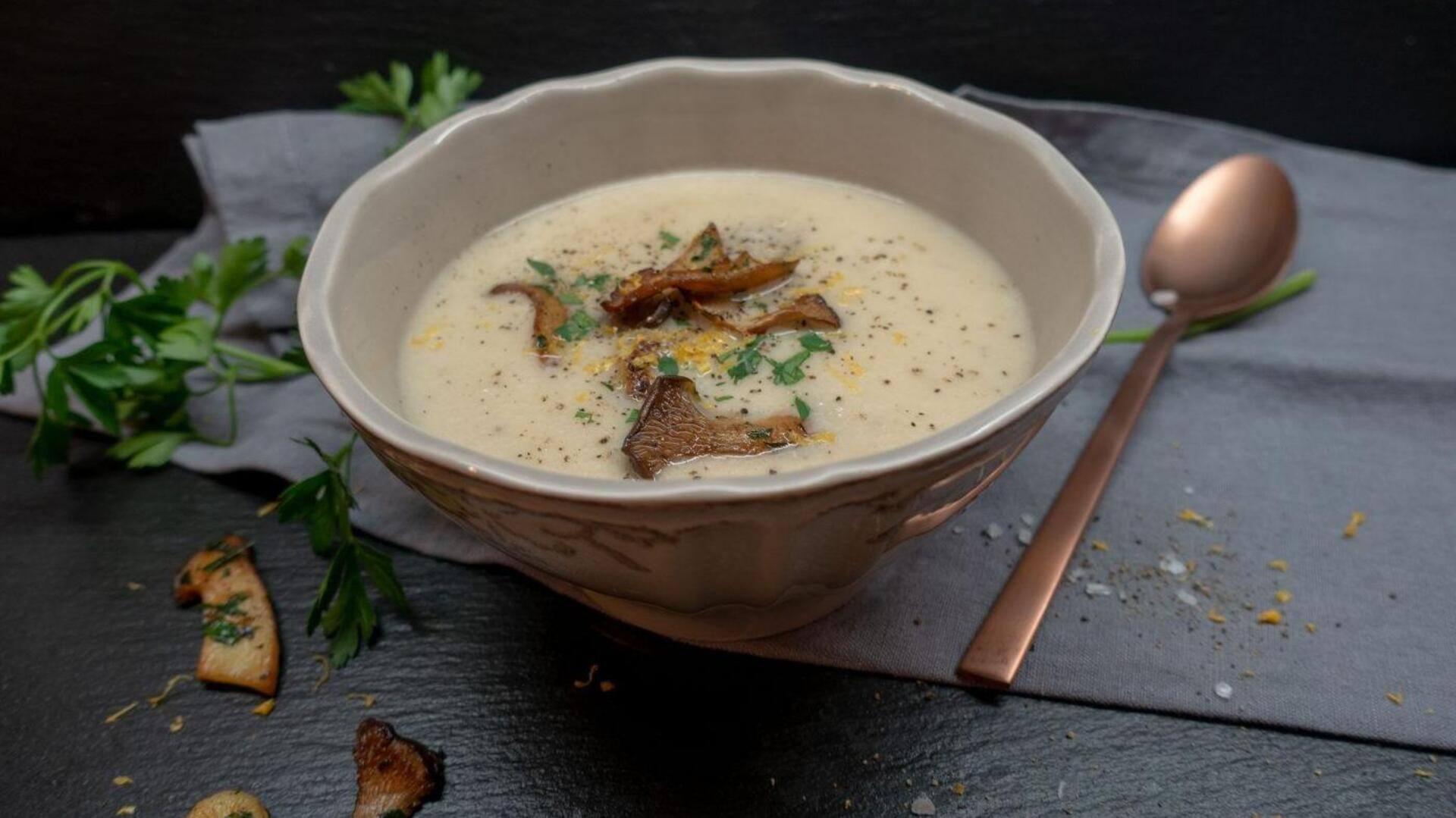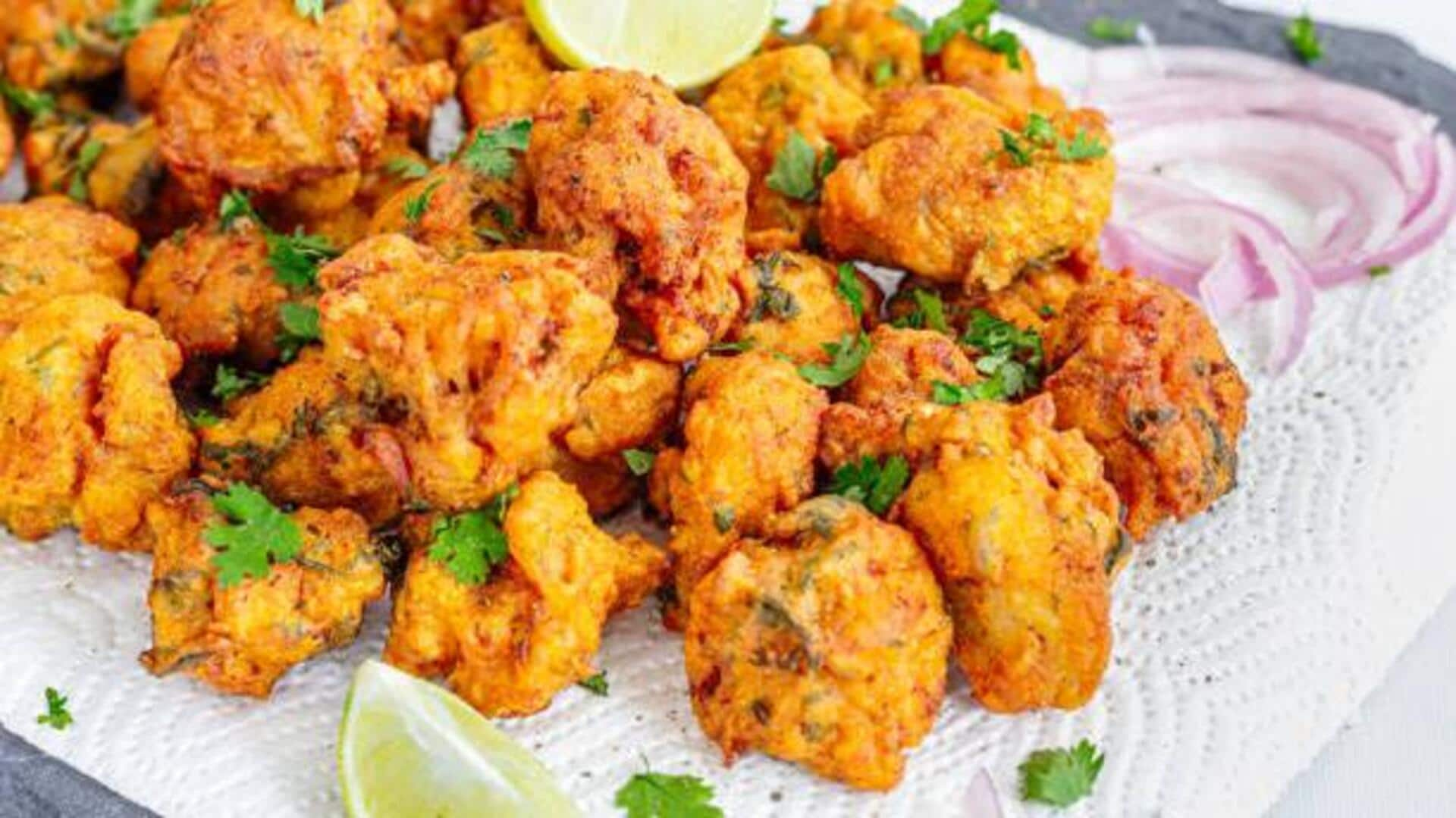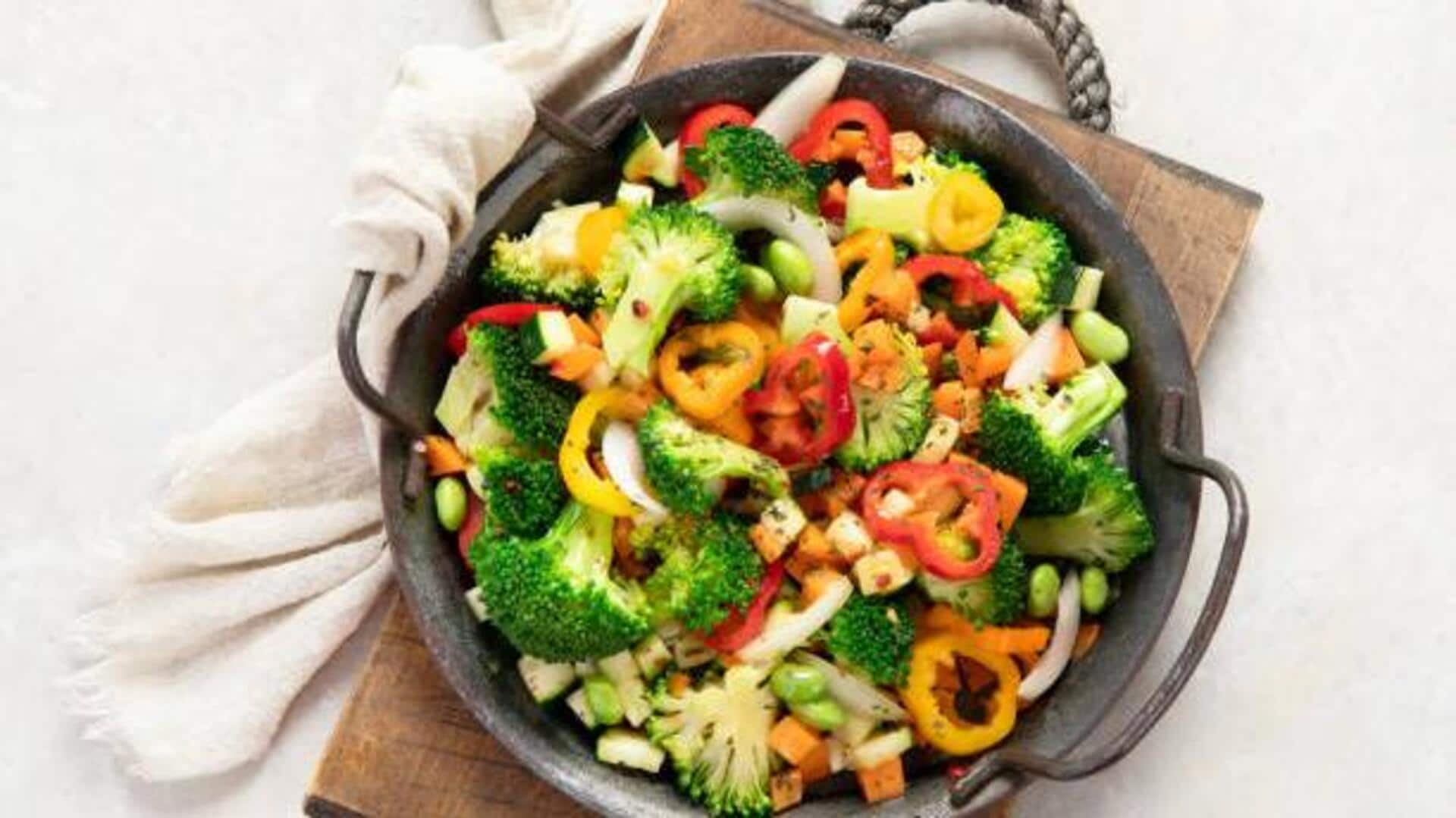Upma: A Brief Overview
Upma, a South Indian breakfast staple, has evolved into a versatile dish that can be enjoyed anytime. This semolina-based porridge is typically cooked
with vegetables and tempered with mustard seeds, curry leaves, and other spices. It is an easily adaptable recipe to incorporate various ingredients. The beauty of Upma lies in its simplicity, making it a quick and healthy option, especially for busy mornings or packing school lunches. It is a great way to introduce vegetables to children's diets. The dish's adaptability allows you to add or remove vegetables to suit your preference or what’s readily available. This flexibility also makes it a cost-effective meal option.
Ingredients Needed for Upma
The foundation of excellent Upma lies in choosing fresh, high-quality ingredients. The primary component is semolina, also known as rava or sooji. This coarse grain forms the base, absorbing the flavors of the other ingredients and giving the dish its characteristic texture. Next come the vegetables. Carrots, peas, beans, and onions are typical choices, offering both flavor and nutritional value. Other important ingredients include mustard seeds, cumin seeds, curry leaves, ginger, green chilies, and salt. The spices provide the characteristic flavor profile of Upma. A little oil or ghee is also crucial for the tempering process, helping to release the flavors and adding richness to the dish. Water is obviously another crucial element; it is used for cooking the semolina and allowing it to soften and expand.
Step-by-Step Upma Recipe
The first step is to roast the semolina. Dry roasting it in a pan until it turns golden brown enhances the flavor and prevents it from clumping. Next, prepare the vegetables by chopping them into small, uniform pieces. Heat oil or ghee in a pan, then add mustard seeds. As they begin to splutter, introduce cumin seeds, curry leaves, chopped ginger, and green chilies. Sauté until fragrant. Add the chopped vegetables and sauté for a few minutes until they soften slightly. Pour in the water and bring it to a boil, then add salt. Gradually add the roasted semolina, stirring continuously to prevent lumps from forming. Cook until the semolina absorbs the water and becomes fluffy. Serve hot, garnished with fresh coriander leaves, with a side of chutney or yogurt.
Customizing Your Upma
Upma is an incredibly versatile dish, lending itself to numerous variations. Feel free to experiment with different vegetables. Corn, capsicum, and even finely chopped spinach are excellent additions. Add some nuts, like cashews or peanuts, for a delightful crunch. Spice it up with a pinch of asafoetida or a dash of red chili powder. Some people add a touch of lemon juice for a tangy flavor. Adding a bit of grated coconut can also give a unique touch. For a richer flavor, you can use ghee instead of oil. Remember that the key is to adjust the recipe to suit your taste and preferences, creating a unique and personalized meal every time. This also makes it easy to work with ingredients at hand.
Upma: A School Lunch Choice
Upma with vegetables is an excellent choice for school lunches, offering a balanced blend of carbohydrates, vitamins, and minerals. It is easy to prepare and transport, making it a practical option for busy mornings. Pack it in a lunchbox alongside some fruits or a small portion of yogurt. Its texture and flavor profile usually appeal to kids. Ensure that the upma is cooled down before packing it to prevent condensation. Encourage children to eat their vegetables by making it colorful and attractive, and add a little bit of spice to suit their taste. Preparing it with a variety of vegetables ensures that children get a wide range of nutrients. Upma is not only healthy but also quite delicious.








